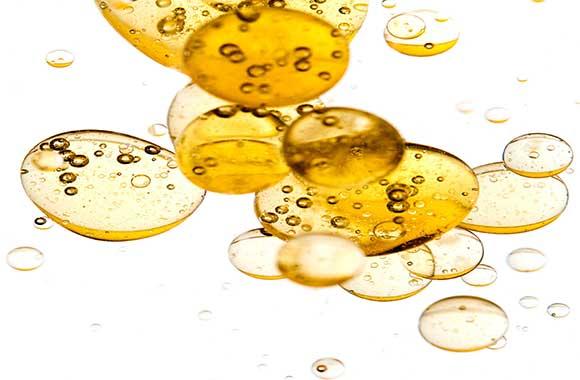Differences Between Ionic and Non-ionic Surfactants
(2023年04月10日)https://www.huanachemical.com/differences-between-non-ionic-and-ionic-surfactant.html
What Is the Difference Between Ionic and Nonionic Surfactants
The main difference between ionic and nonionic surfactants is that ionic surfactants are formulated with cations or anions, while non-ionic surfactants are formulated without cations or anions.
What is Non-ionic Surfactants?
Non Ionic Emulsifier Definition
Ionic and nonionic surfactants are surfactants whose main hydrophilic groups are the ether groups, which are not dissociated in an aqueous solution. Their surface activities are dependent on the neutral molecules. Non-ionic surfactants, such as the ethoxylated sorbitol and sorbitan fatty acid ester, all have high surface activity, good solubilizing and cleansing properties, antistatic function, calcium soap dispersion etc. They have excellent wetting functions and relatively minor irritation. They can be used in a wider PH range than of ordinary ionic surfactants. Meanwhile, they can be used together with other ionic surfactants. That is to say, the surface activity of this system can be improved by adding a small amount of non-ionic surfactants into ionic surfactants. Furthermore, nonionic surfactants can be divided into polyoxyethylene type, polyhydric alcohols type, alkanol amide type, polyether type, and amine oxide type, and other types according to the hydrophilic group.
Non-ionic surfactants are surfactants that have no net charge in their formulation. This means that when non-ionic surfactants dissolve in water, they don’t ionize. In addition, they have covalently bonded oxygen-containing hydrophilic groups. These groups combine with hydrophilic parent structures. These oxygen atoms can motivate the surface activities of hydrogen bonds. Hydrogen bonds are temperature sensitive, solubilities of nonionic surfactants reduce with rising temperatures.
What is Ionic Surfactants?
Ionic surfactants have a net charge that can be positive or negative. If the charge is positive, it's cationic surfactants. If the charge is negative, it's anionic surfactants. Sometimes, they contain a magnetic head with two opposite charged ionic groups, which are called amphoteric surfactants.
Cationic surfactants have positively charged functional groups. Most of them can be used as antibacterial and antifungal agents, etc. This is because they can damage the cytomembrane of bacteria and viruses. Ammonium ions are the most common functional groups.
Anionic surfactants have negatively charged functional groups. They include sulfonates, phosphates, sulfates and carboxylate. The most common type of surfactant is soap alkyl carboxylate salts.
If you want to know more about nonionic surfactant list, please visit our website.
Ethoxylated sorbitan esters and Polysorbates as nonionics offer many advantages over ionic surfactants including increase stability, enhance flexibility and provide wider compatibility. They are stable in mild acids, alkalis and electrolytes and do not react with ionic ingredients or actives. They are used as emulsifiers, foamers, defoamers, dispersants, lubricants, solubilizers, stabilizers, viscosifiers, diluents, wetting agents etc.
- このできごとのURL:



コメント